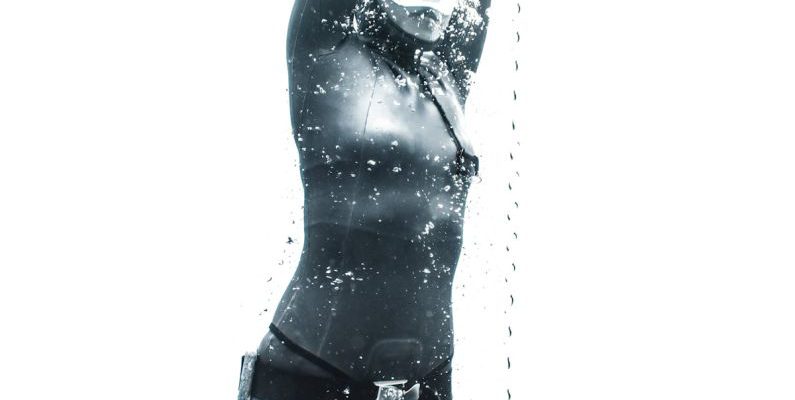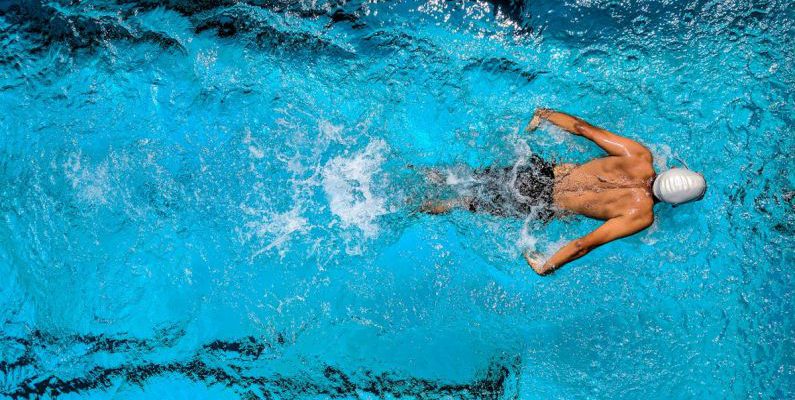The allure of night diving is undeniable for many scuba enthusiasts. The dark waters hold a mysterious charm that beckons divers to explore a whole new world beneath the surface. While some may find the idea daunting at first, with the right knowledge and preparation, night diving can be a thrilling and rewarding experience.
**Preparing for Night Diving**
Before embarking on a night dive, it is crucial to ensure that you are adequately prepared. Familiarize yourself with the dive site during daylight hours to get a sense of its layout and any potential hazards. Make sure your gear is in top condition and that you have a reliable underwater flashlight or dive light. It is also advisable to dive with a buddy for safety reasons, as navigating in the dark can be disorienting.
**Overcoming Fear and Anxiety**
For many divers, the thought of descending into the darkness of the ocean can be intimidating. However, with practice and experience, most individuals find that their initial fears quickly dissipate. Focus on controlling your breathing and staying calm underwater. Trust in your training and equipment, and remember that your dive buddy is there to support you. As you become more comfortable with night diving, you may even find it to be a serene and peaceful experience.
**Exploring the Underwater Nightlife**
One of the most exciting aspects of night diving is the opportunity to witness the nocturnal creatures that come to life after the sun sets. Many marine animals exhibit different behaviors at night, making for a unique and fascinating underwater experience. Keep an eye out for bioluminescent organisms that light up the water around you, creating a magical ambiance. Octopuses, lobsters, and other nocturnal creatures are also more active during the night, adding to the thrill of the dive.
**Navigating in the Dark**
Navigating underwater in the dark requires a different set of skills compared to daytime diving. It is essential to maintain good buoyancy control and use your dive light effectively to illuminate your surroundings. Pay attention to your surroundings and communicate with your dive buddy using hand signals to ensure a safe and enjoyable dive. Practice using your compass and other navigation tools before attempting a night dive to build confidence in your abilities.
**Enjoying the Tranquility**
Despite the initial challenges of night diving, many divers find that the experience offers a sense of tranquility and solitude that is unmatched during the daytime. The quiet of the underwater world at night, broken only by the sound of your bubbles and the occasional movement of marine life, can be incredibly calming. Take the time to appreciate the beauty of the underwater environment and savor the unique sensations of night diving.
**Embracing the Adventure**
Night diving opens up a whole new world of possibilities for scuba divers, allowing them to explore the ocean in a different light—literally. By overcoming initial fears and embracing the adventure, divers can discover a whole new side to their favorite dive sites. With the right preparation, equipment, and mindset, night diving can become a thrilling and rewarding experience that adds a new dimension to your underwater adventures.
**In Summary**
Getting comfortable with night diving may take some time and practice, but the rewards are well worth the effort. By preparing adequately, overcoming fears, and embracing the unique aspects of diving in the dark, divers can unlock a whole new world of underwater exploration. So don't let the darkness hold you back—dive in and discover the magic of night diving for yourself.
Training Tips
Diving is an exhilarating activity that allows individuals to explore the underwater world and witness spectacular marine life. However, as with any adventurous pursuit, safety should always be the top priority. Proper ascent technique is crucial in ensuring a safe and enjoyable diving experience. Here, we will discuss the essential safety procedures to follow while ascending during a dive.
### Understanding Buoyancy Control
Maintaining proper buoyancy control is fundamental when ascending during a dive. It is vital to ascend slowly and in a controlled manner to prevent barotrauma and decompression sickness. By adjusting your buoyancy using your BCD (Buoyancy Control Device) and controlling your breathing, you can achieve a smooth and controlled ascent.### Ascending at a Safe Rate
One of the most critical aspects of ascending properly while diving is to do so at a safe rate. The recommended ascent rate is around 30 feet per minute or slower. Ascending too quickly can lead to decompression sickness, lung overexpansion injuries, and other serious health issues. Remember, slow and steady wins the race when it comes to ascending from a dive.### Performing Safety Stops
Safety stops are an essential part of ascending safely from a dive, especially after deep or long dives. Safety stops allow your body to off-gas excess nitrogen absorbed during the dive gradually, reducing the risk of decompression sickness. The standard safety stop is three minutes at 15 feet, but longer stops may be necessary for deeper or extended dives.### Monitoring Your Depth and Time
Maintaining awareness of your depth and dive time is crucial for a safe ascent. Use a dive computer or depth gauge to track your depth continuously and ensure you are ascending at the correct rate. Additionally, keep an eye on your dive time to adhere to no-decompression limits and avoid exceeding safe bottom times.### Equalizing Your Ears
Proper ear equalization is essential during ascent to prevent barotrauma and ear injuries. Equalize your ears early and often as you ascend by gently pinching your nose and blowing gently to equalize the pressure in your ears. Failing to equalize properly can result in discomfort, pain, and potential ear injuries.### Signaling Your Ascent
Communication is key in diving, even during ascent. Use your dive buddy or group's pre-agreed upon signals to communicate your ascent and any issues that may arise. Signaling your ascent allows your buddy to monitor your progress and assist if needed, enhancing overall dive safety.### Maintaining a Positive Buoyancy
As you ascend, it is essential to maintain positive buoyancy to prevent rapid or uncontrolled ascent. Use your BCD to control your buoyancy and adjust as needed to maintain a slow and controlled ascent rate. Avoid ascending feet-first or head-first, as this can lead to loss of control and potential injuries.### Preparing for Emergency Ascents
Despite following all safety procedures, emergencies can still occur while diving. Be prepared for emergency ascents by familiarizing yourself with emergency ascent procedures, including controlled emergency swimming ascents (CESAs) and alternate air source use. Practice these procedures regularly to ensure you can respond effectively in case of an emergency.### Conclusion: Prioritizing Safety in Ascent
Ascending properly while diving is essential for a safe and enjoyable diving experience. By understanding and following these safety procedures, you can minimize the risks associated with ascent and ensure a smooth return to the surface. Remember, safety should always be the top priority when exploring the wonders of the underwater world.
Buoyancy is a fundamental skill in the world of diving and swimming. Understanding how to control your buoyancy effectively can enhance your overall experience in the water, whether you are a beginner or an experienced diver. By mastering buoyancy, you can conserve energy, improve your diving efficiency, and protect the delicate marine environment. In this article, we will explore tips and techniques to help you become a buoyancy master.


